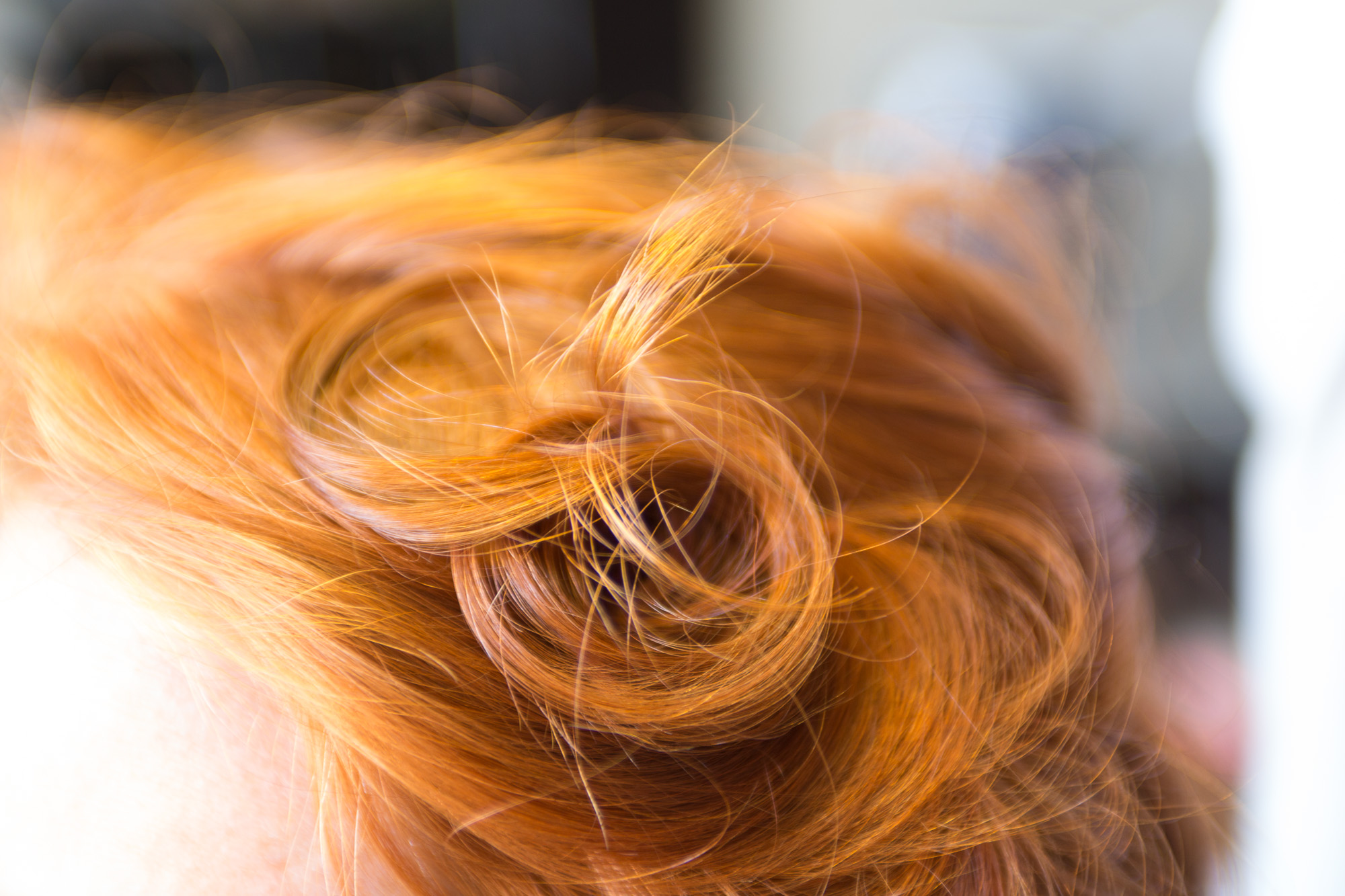Texturizing Your Way to Gorgeous
Jody Dierksheide
Your hair’s texture is easily one of the most notable but sometimes discouraging things about it. Unlike color, length, and style, hair texture is not so easily changed. But while your thin hair will remain thin, and your coarse hair will stay coarse, there are salon techniques that can be used to make the most of your dreaded natural texture and to give your hair a fresh look that you didn’t think was possible.
Clients quite frequently express frustrations to me, saying things like: “This side seems thicker than the other.” “My hair keeps falling flat.” “My hair is so thick, what can we do?” or “This fine hair doesn’t have any volume.”
More often than not, they are really referring to issues connected with the texture of their hair. And when we talk about texture, we are covering a lot of territory dealing with precise cutting and styling techniques. Because of this, it becomes essential to have someone on your side with the proper skills, knowledge, and expertise to help you work through your texture concerns.
From a stylist’s point of view, there are several ways that a certain texture can be created or altered. We can:
- Take out weight or bulk
- Soften the edges of layers; and
- Utilize texture shears, razors, and cutting shears
Though which of these techniques and approaches is used will all depend on the hair type and what the stylist is trying to accomplish for the client.
If you have long, thick hair, it can be softened up by a chipping technique that allows the stylist to use cutting shears and methodically chip through the hair to take out internal weight. I often use this technique with clients who have long, thick, straight hair so I can create a more flowing and soft overall feel. It’s like creating layers within the hair and loosening up the weight without actually showing the deliberate layered edges.
If you want to showcase layers, long layers will create movement and style, though sometimes the layers created may look like blunt rows. Your stylist can soften up the harsh bluntness of the layers by simply going into the hair with a point cut and creating gaps towards the ends so they lay more gently with softer edges.
If going shorter, the classic bob cut is created with a design edge and many times the line can have a very weighted feeling, which initially might not make this popular cut ideal for every texture type. To combat this heaviness, I often take a texture shear (shears with many teeth, allowing for partial removal of hair) and point from the edge of the hair straight back into the interior and remove bulk, about 1-3 inches, from the ends.
This approach is done in sections all around the perimeter and leaves a really soft edge to shorter cuts like the bob or pixie. This texturizing technique also creates a more tapered shape when needed and allows the client to wear their new look smooth, or with a little product so they can achieve a fun tousled feel to the ends.
On the other end of the texture spectrum, fine hair can also benefit from texture techniques. Creating shorter hairs within the cut can lift the longer hair and help to maintain volume longer. With fine hair, I especially feel that texture approaches should be analyzed and examined with detailed thought. There is less room for error with thinner hair, and only an expert will have the training needed to texturize precisely so that your thin hair gets a lift instead of looking patchy or undone.
Whatever your hair type, make sure that there is a clear line of communication between you and your stylist when undergoing a new texture process so that they can achieve the best result possible and you can leave happy. I never want a client to be uncomfortable when I begin these technical techniques on their hair, because while they are transformative, they might also seem a little complicated and scary if not approached correctly.
So whether your hair is fine, thin, thick, coarse, kinky, or somewhere in between, there is a texturizing technique that will allow your stylist to give you a fantastic cut that will help you come to peace with, if not learn to love, your natural texture.
For more information on Jody D. and the Jody D. Salon visit www.jodyd.com, and get daily tips, trends, and insider insight by liking on Facebook and following on Twitter and Pinterest.

